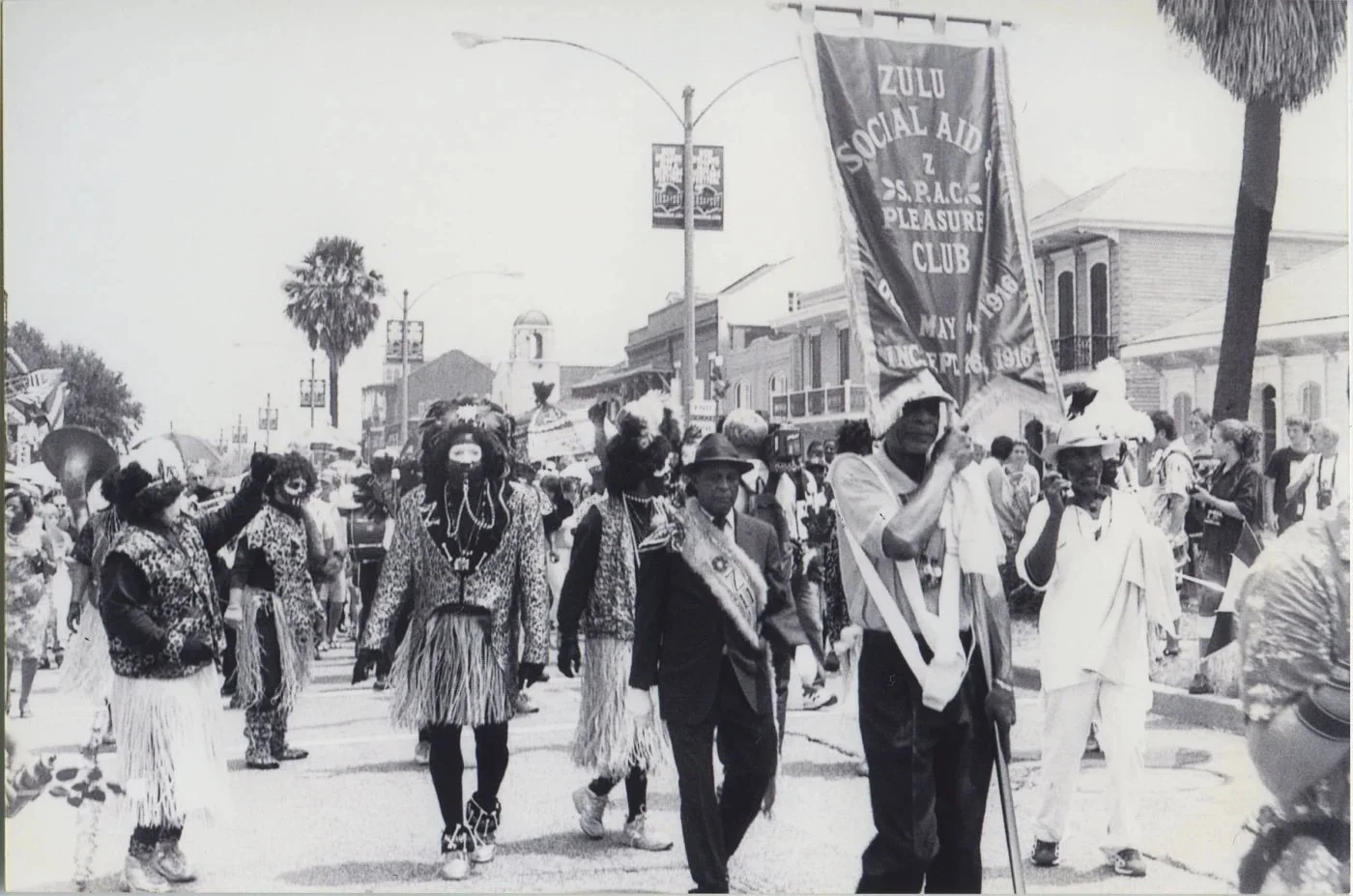Celebrating Life and Music: The Soulful Tradition of Second Lines and Jazz Funerals
I’m proud to be a member of the Zulu Pallbearers Committee. In the heart of New Orleans, a unique and vibrant tradition thrives—a celebration of life, music, and community known as second lines and jazz funerals. Rooted in African and European customs, these spirited processions have become iconic symbols of the city's cultural heritage. In this blog post, I'll explore the joyous and poignant traditions of second lines and jazz funerals, delving into their historical significance and the indelible mark they leave on the lives they honor.
Origins and Cultural Fusion: Second lines and jazz funerals trace their origins to West African and European funeral customs that merged in New Orleans. The practice combines the solemnity of European processions with the lively, rhythmic traditions of African music. This fusion created a unique expression of celebration, allowing mourners to bid farewell to their loved ones with music, dance, and joy.
Jazz Funerals: Honoring Life with Music: Jazz funerals are a testament to the resilience and spirit of New Orleans. When a loved one passes away, the procession begins with a somber dirge, setting a reflective mood. As the cortege proceeds, mourners gradually transition to an upbeat, lively jazz tune. This transformation symbolizes the belief that death should not be a somber occasion but a celebration of the life that was lived. Musicians play their instruments with heartfelt emotion, creating an atmosphere that pays tribute to the deceased while uplifting the spirits of those in attendance.
Second Lines: Celebrating Life with Dance: A second line is a lively procession that follows the jazz funeral. The term "second line" refers to the crowd of revelers who join the funeral procession, forming a jubilant parade of music, dance, and camaraderie. Participants often carry parasols or handkerchiefs, twirling and waving them in rhythm with the music. The infectious energy of the second line invites all to join in the revelry, transforming the streets into a vibrant celebration of life and community.
Cultural Significance and Symbolism: Second lines and jazz funerals represent more than just a celebration of life. They embody the resilience and indomitable spirit of the New Orleans community. The traditions serve as a reminder of the city's ability to find joy and strength even in the face of adversity. Through music, dance, and togetherness, these processions pay homage to the deceased, connecting past and present, and reaffirming the bonds that unite the community.
Preservation and Continuation: Despite the passage of time, second lines and jazz funerals remain deeply ingrained in the cultural fabric of New Orleans. Community organizations and social clubs, such as the Social Aid and Pleasure Clubs, actively organize and support these events, ensuring their continuation for future generations. It is through the commitment of these groups and the participation of the community that these vibrant traditions persist and thrive.
The spirited traditions of second lines and jazz funerals embody the essence of New Orleans' rich cultural heritage. They blend mourning and celebration, sadness and joy, to create an experience that transcends boundaries and connects individuals in profound ways. These processions pay tribute to the lives of the departed, while simultaneously celebrating the resilience, artistry, and communal spirit of the New Orleans community. By preserving and cherishing these traditions, we honor the past and ensure that the soulful rhythms of second lines and jazz funerals will continue to echo through the streets of New Orleans for generations to come.


